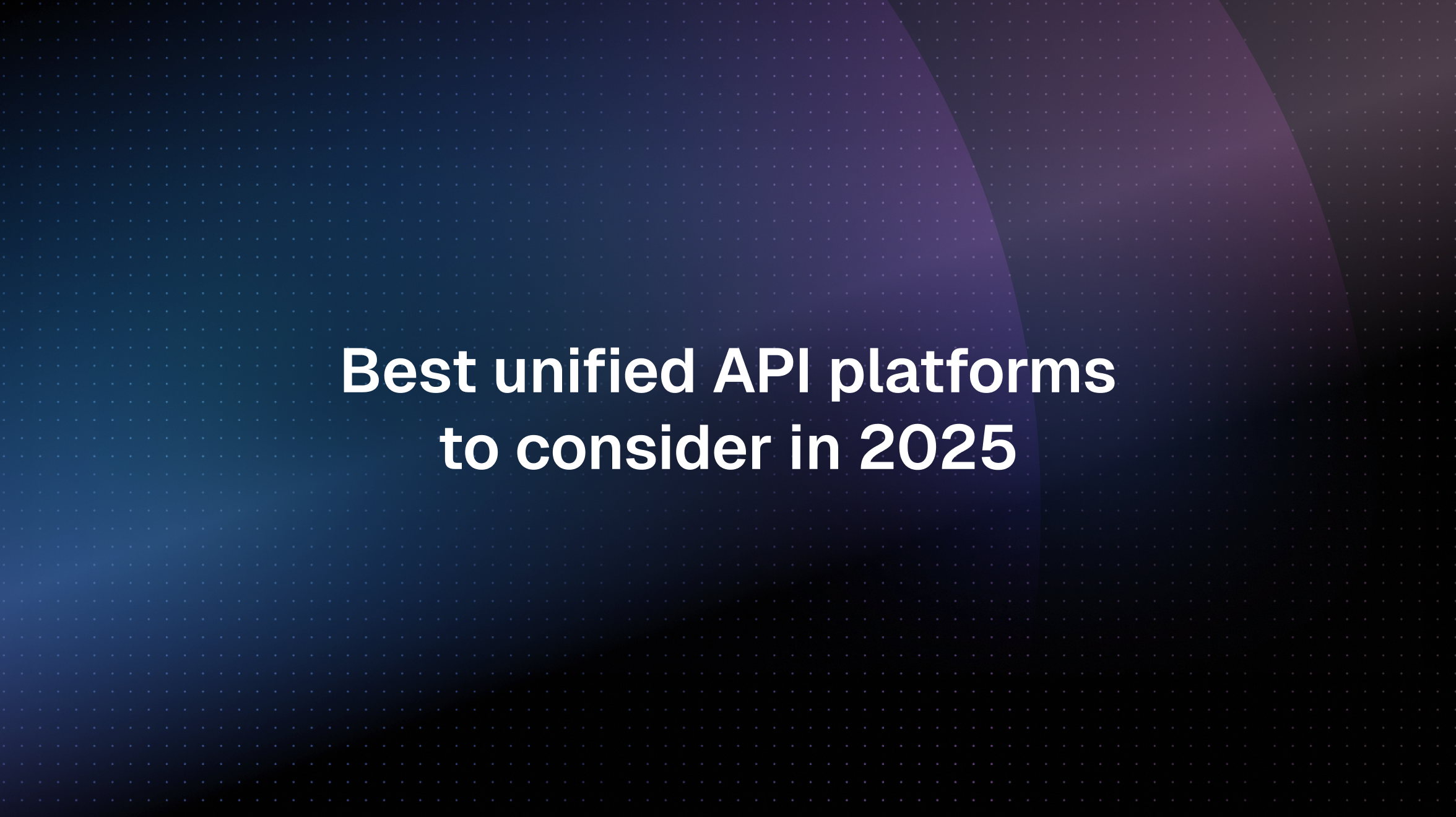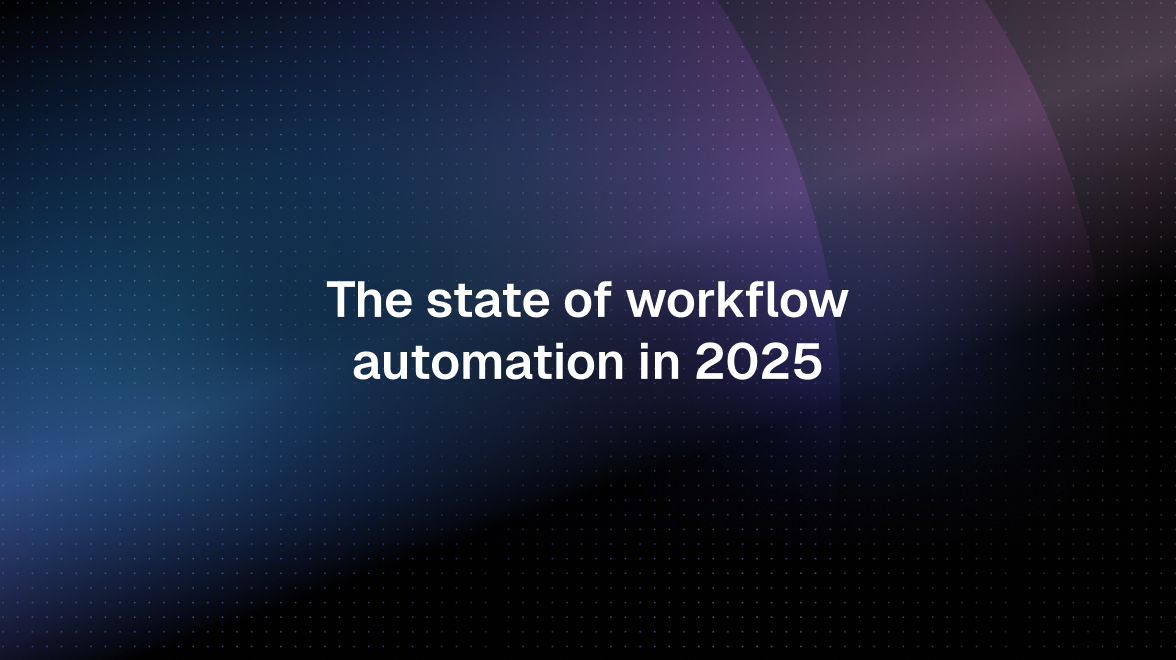Why B2B SaaS outgrow pre-built unified APIs
Unified APIs won't address all your needs as you scale.
Introduction
Unified APIs promise a compelling shortcut: one API to connect with dozens of third-party platforms. For early-stage B2B SaaS companies, they offer quick implementation and simplified integration development with minimal engineering resources.
But as your product matures and customer base grows, what started as a shortcut to market often becomes a constraint on growth. This post explores the 6 reasons why most B2B SaaS companies eventually need to build more extensible integration infrastructure.
Custom Fields & Data Schemas
Many enterprise platforms like Salesforce, NetSuite, Asana, HubSpot and Jira allow their users extensive customization of data models. Companies create custom objects and fields tailored to their unique business processes.
Pre-built unified APIs typically work with fixed data models covering only standard fields. The result? Your customers can't map their custom fields through your integration.
This becomes particularly problematic as you move upmarket. Enterprise customers expect your product to adapt to their customized systems and needs, a flexibility unified APIs rarely provide.
Lack of support for new and niche APIs
Many pre-built unified API providers prioritize popular platforms that serve most of their customers. This creates blind spots for:
- Emerging platforms in your industry
- Specialized software used by specific customer segments
- Regional tools popular in international markets
When a customer requests an integration not covered by your provider, you face an uncomfortable choice: disappoint the customer, wait indefinitely for support, or build a parallel integration system that adds more maintenance headaches to your engineering team.
The implementation gap problem
When third party unified API providers claim to "support 100+ platforms," they're often referring to surface-level connectivity, not complete feature parity.
A unified API might support creating contacts across all CRMs but only support opportunity management in some.An object may have 12 fields, but not all of them are populated for every source API.
This "implementation gap" becomes evident only after you've committed to the platform.
Even missing 1-2 endpoints can force you to build custom solutions, undermining the unified API's initial value proposition.
The problem with passthrough requests
Many pre-built unified API providers offer "passthrough requests" as a solution to the implementation gap. The idea is that when the unified API doesn't support a specific endpoint, you can send raw API requests directly to the underlying platform.
In theory, this sounds reasonable.
In practice, it creates almost as much work as building the integration natively:
- You still need to understand each platform's API
- You must handle retries, pagination and rate-limits yourself
- You lose data normalization benefits
- You need to maintain separate codepaths for each platform
In the end, you have to become an expert in each platform's API—the very thing unified APIs promised to help you avoid.
The reality is, passthrough requests represent the worst of both worlds: you pay for the unified API but still do most of the integration work yourself.
Enterprise compliance roadblocks
As you move upmarket to serve larger enterprises, unified APIs introduce compliance challenges that can block deals:
- Third-party authorization concerns:
- Enterprise customers must authorize your unified API provider, not just your company.
- This usually also means your customers must agree to the unified API provider’s terms of service
- This adds complexity to security reviews and creates questions about data handling.
- Procurement issues:
- Large companies have strict procurement processes.
- Adding a third-party provider that handles sensitive data can extend sales cycles by months or kill deals outright.
- Data over-collection:
- Unified APIs typically fetch more data than necessary for specific use cases, not ideal for enterprise customers who care about data privacy.
You don’t control your destiny
Perhaps the most significant long-term shortcoming with unified APIs is the surrender of control over your integration experience:
- Dependency on third-party fixes:
- When integrations break (and they will), you must wait for the unified API provider to prioritize and fix the issues.
- Limited debugging visibility:
- Troubleshooting becomes complicated when you can't directly access granular integration logs.
- Conflicting priorities:
- Your urgent customer issues may not align with your unified API provider’s priorities or SLAs.
These dependencies can damage customer trust and limit your ability to deliver a first class product experience and provide excellent support—especially problematic as you move upmarket.
What’s the solution then?
If you’ve read this far, you might be one of those teams that are dreading the limits of your unified API provider. The solution to your pain, in our view, is an extensible integration platform (such as Nango!).
Unlike pre-built unified APIs, and extensible integration platform would offer:
- Full control with less work: Authentication, syncing, and data management infrastructure without sacrificing control.
- Custom field mapping: Support for unique data schemas and custom objects.
- Complete API access: No implementation gaps or waiting for third-party updates.
- Enterprise-ready: Address compliance concerns with granular data controls and self-hosted options.
This approach allows you to ship just as quickly, while maintaining the flexibility to support complex integrations as you scale.
Conclusion
Unified APIs offer compelling benefits for early-stage companies or those with limited integration needs. They provide a valuable shortcut to market and can help you validate integration-related product hypotheses quickly.
However, as your company scales, the limitations of unified APIs become increasingly problematic. Custom data schemas, implementation gaps, compliance issues, and lack of control create friction that impacts customer experience and your ability to grow.
The best time to consider your long-term integration strategy is before you're forced to due to customer escalations and engineering bottlenecks. Evaluate your current and future integration needs realistically, and create a roadmap that will support—not constrain—your long growth objectives. If you decide that building your own custom unified API is the right path forward, ensure you follow a structured approach to maximize your chances of success. For a comprehensive comparison of the best iPaaS platforms to help you build custom unified APIs, see our guide on best iPaaS for API unification.
Useful resources
How to find the right integrations partner
The 4 most popular Merge.dev alternatives
Four ways to build in-app integrations
How is Nango different from embedded iPaaS and unified APIs?






